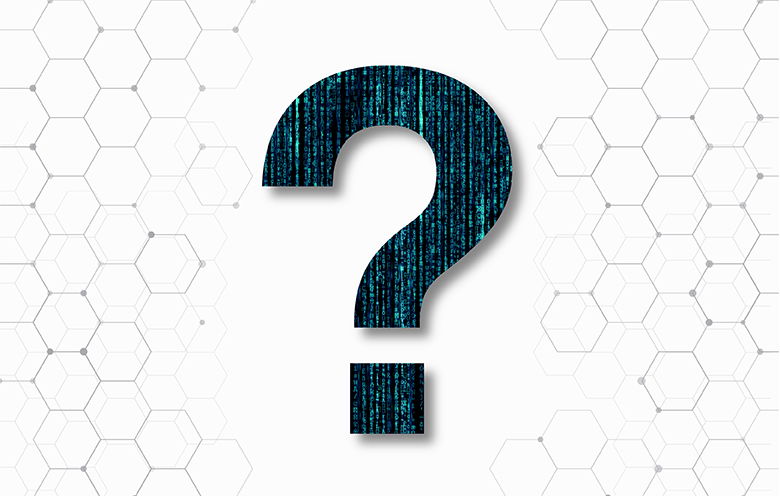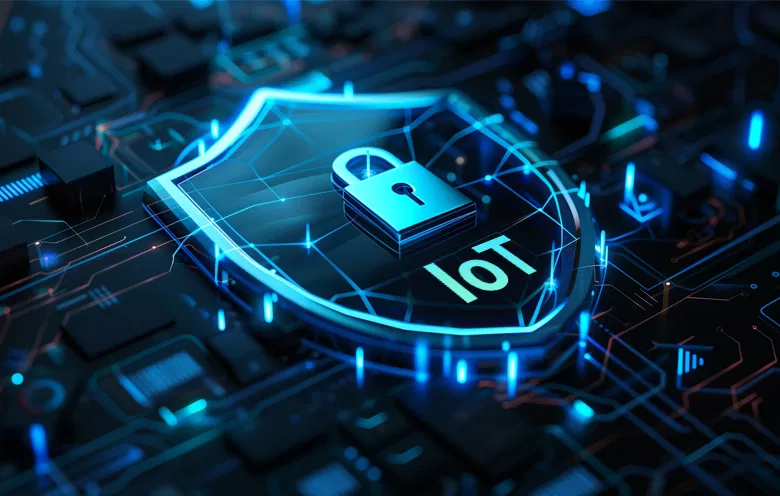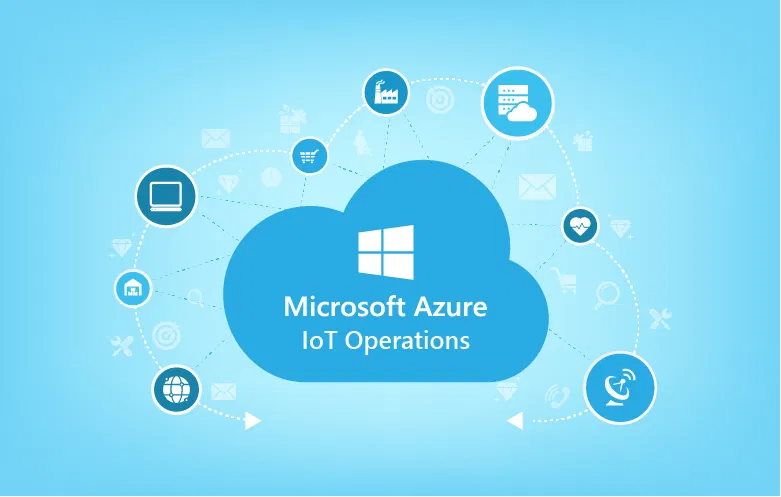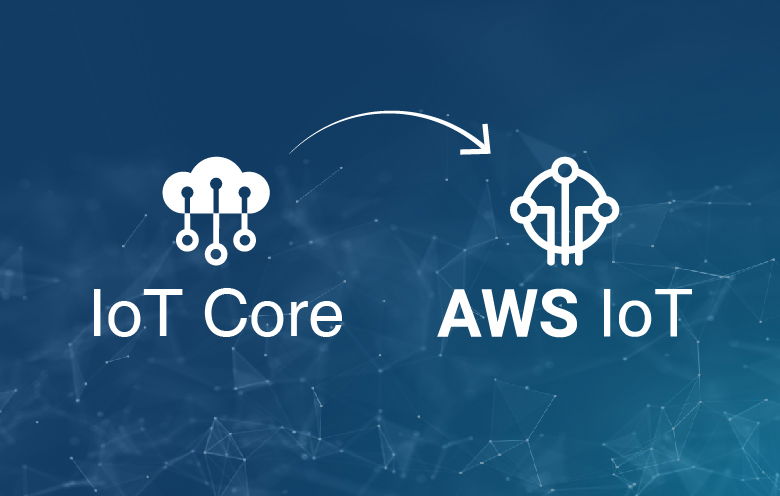Our body and Internet of Things (IoT) products have a lot in common. Everyone knows that it’s good to get enough sleep, exercise, eat more fruits/vegetables and less sugar/salt. However, how many of us get seven-eight hours of sleep, exercise three or more times a week and eat 400 grams of fruits and vegetables a day? Likewise, if you live and breathe the trending technologies, chances are that you know how significant IoT is. Nevertheless, according to Cisco’s survey, self-initiated IoT projects have a failure rate of 74%. This blog post responds to the ‘why’ of it.
Let’s face it. Building IoT products is complicated because their development involves five layers of technology – device hardware, software, communications, cloud platform and applications. We exercise, eat food or go to sleep not for a particular organ but because the body demands. Similarly, if any IoT project needs to run at optimum efficiency, it will require things to follow.
- Focus on product usage
- Keep user life cycle in mind
- Fill the gaps between language and skills
[workshop_avnet_1920]
Let’s take each point in detail.
1. Focus on product usage
As time passes, people realize that the focus of exercise is not only limited to getting in shape but also to stay fit. Similarly, IoT products focus not only on attracting procurement but on enhancing the customer’s desire to use it.
Remember, the customer does not pay for buying a product but for using the product. This has a direct impact on how products are designed and developed. That is why the user experience, user-friendliness and even more ‘the desire to use’ are critical to success. Think of an IoT product as a software product to enhance its usage: the more the people can use, the more it will be in demand The IoT product management team, therefore, must ensure that they develop functions that are not merely used to attract users.
The following figure will help you to understand how IoT improves a product’s usage:
In the connected world, the moment of truth is not in the store but in the product’s usage.
2. Keep user life cycle in mind
While developing an IoT product, ask:
• Is my customer aware of the product?
• In what other ways can I stand out from my competitors?
• What more can I do to make the customer experience more engaging?
• Am I offering a seamless support experience at a customer’s required time?
• Where do I stand in providing quality after-sales services?
By answering the mentioned above questions, you have just designed a user journey. Congratulations.
In the IoT world, we often see that products are developed from the customer’s point of view. That’s good. But the best way to establish your brand’s presence is to develop products by keeping the customer journey in mind.
Let me put this in the context of our blog post: why some IoT projects underperform and what businesses can do about it. Let’s say you are developing IoT products, ranging from a safety wearable for field workers to a smart home coffee machine. Now put your IoT product in the mentioned above user life cycle and check if your customers are truly aware of all the nitty-gritties of your product, including hardware and software components, whether they are able to engage with the product in their routine, etc.
If you think that the development of your product is the bottleneck for your business, then think again. The behavior of the customer will need to change to make great use of the IoT products that you are developing because the behaviors of your customer will not change as fast as your development. Think about ways to help your customers in adapting to the connected world. Your IoT product is not an end-station. It is, in fact, a starting point for a new way of managing businesses or services.
3. Fill the gaps between language and skills
Most executives are selected for their ability to speak with other people. They have a well-honed ability to listen, empathize, deliberate, energize and de-energize meetings. While those who develop IoT applications for business problems are chosen for their ability to speak with machines. They ensure secure multi-source data collection in multiple formats, organize high-performance data streaming, create an IoT platform, develop cloud-based IoT and confirm effective data management.
It is evident that these two groups cannot, will not, and do not speak to one another in productive ways. They have different aims, views, thoughts and feelings.
To develop precise applications, developers want clear, exact instructions. Executives in business development provide stories and anecdotes to them. Programmers want clear cost functions that they can use to train algorithms. But business development managers offer them aspirational goals verbalized in the fuzzy language that coders routinely call “corporatese.” Unrealistic goals are therefore the natural consequence.
To bridge this gap, organizations need people who can talk to both people and machines. Businesses today cannot be limited only with the people who can discuss cost-benefit analysis, portfolio planning, competitive mapping and competitor response simulation. This language is inadequate in an age when competition depends on algorithms and massive distributed data sets.
Companies need to change how they interconnect and frame problems. They need to offer training in computational and algorithmic thinking to their non-technical executives and in business communication to their technical mates. In today’s world, functioning competently in a top management team is much more than accurate reporting, critical thinking, valid reasoning or decision-making.
The bottom line
With five layers of technology, it is evident that IoT products are more complex than most other technological products. Here, we have mentioned only three tips which can help your business to organize thoughts, find opportunities and pitfalls, reach consensus and drastically reduce the underperformance of IoT. However, to know more about why your IoT is underperforming and what you can do about it, contact our team.





